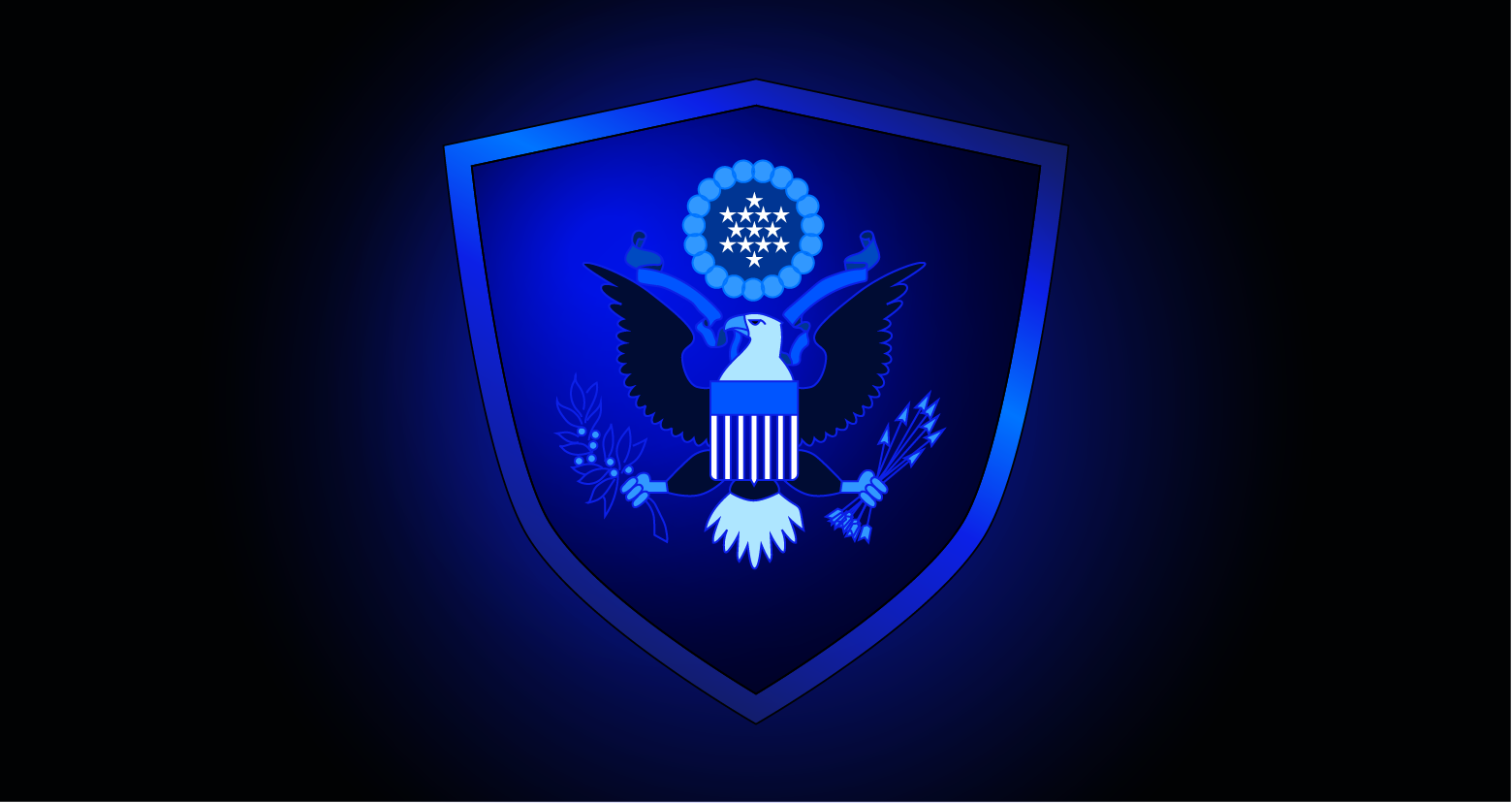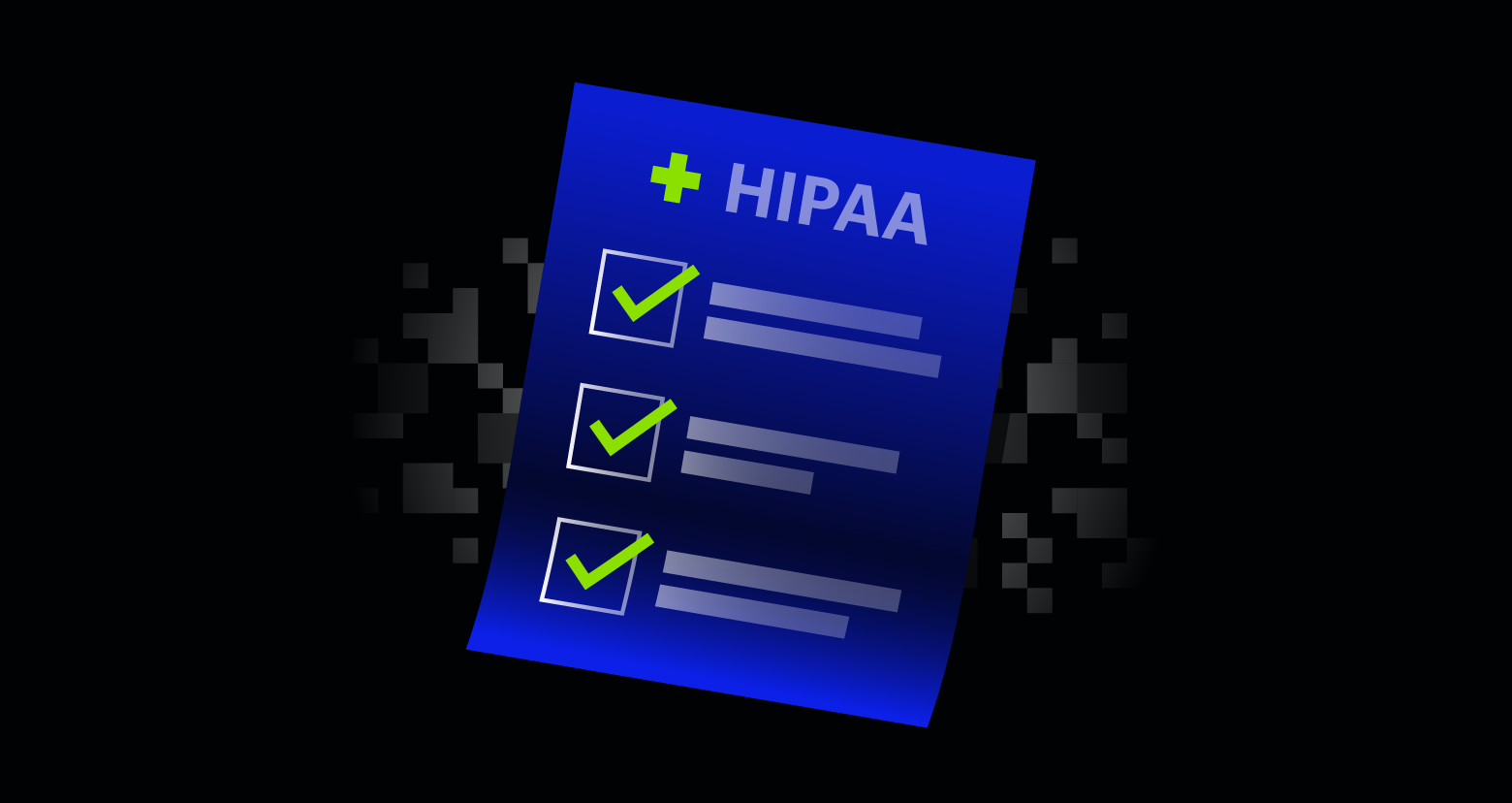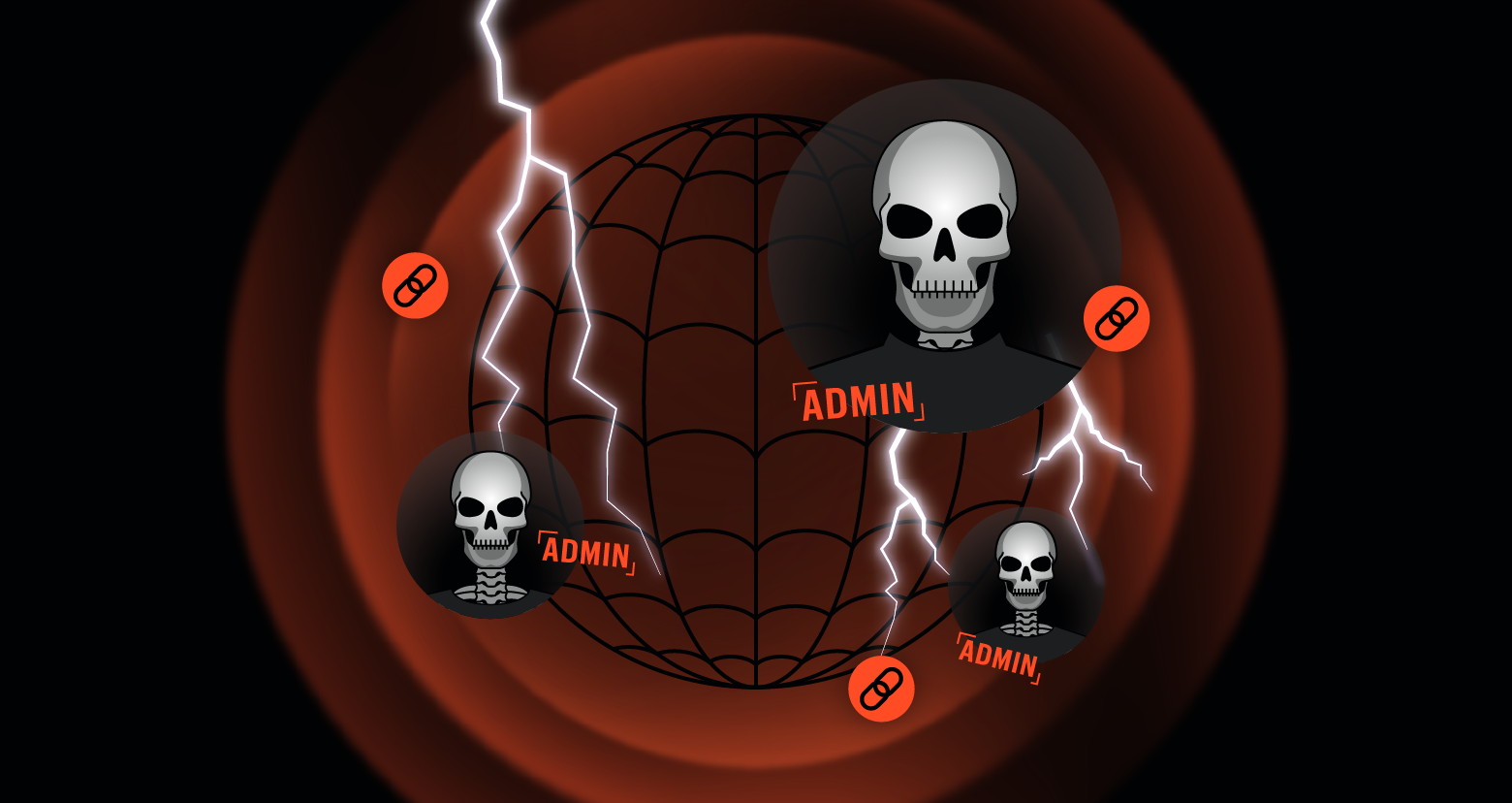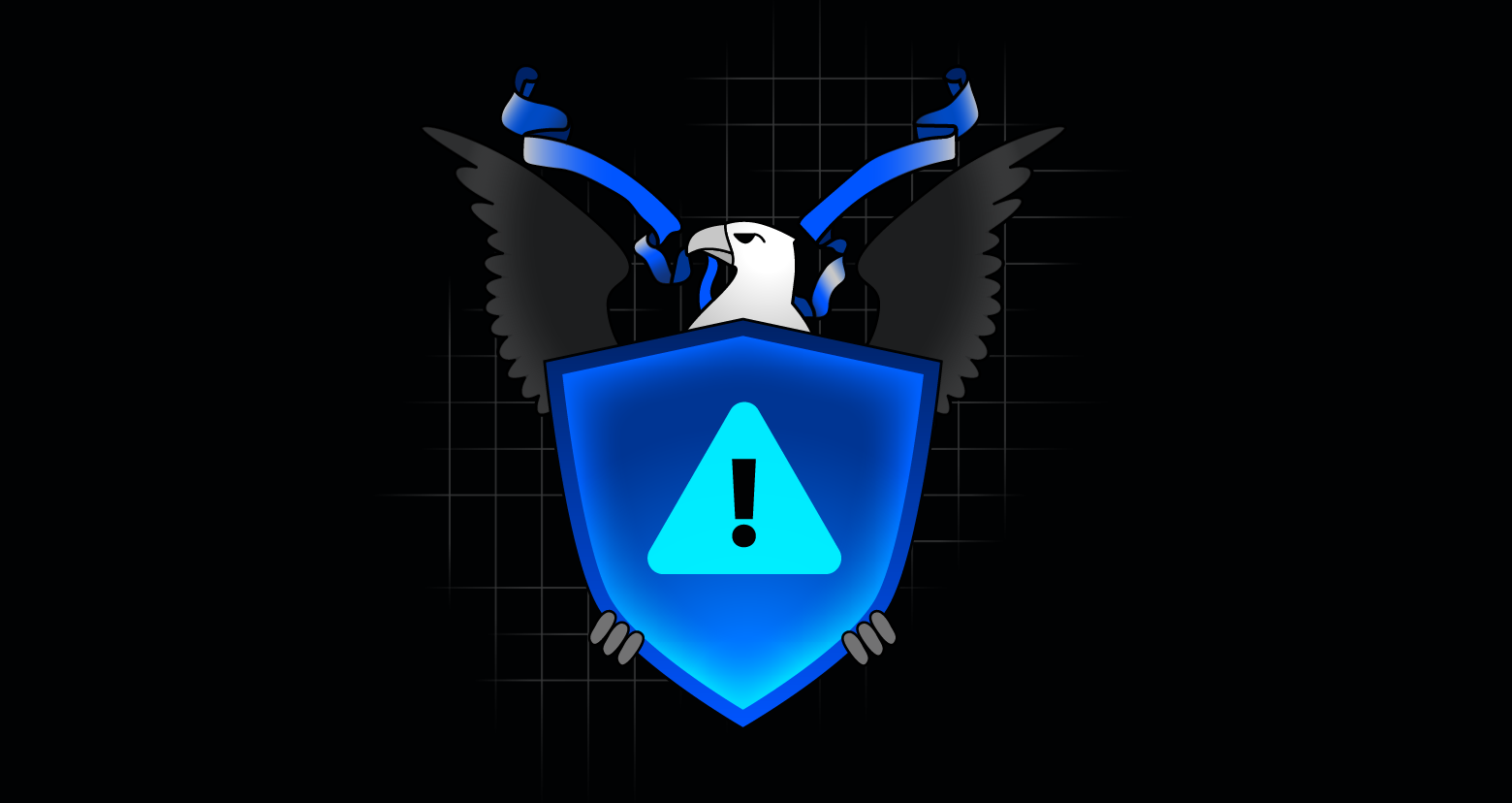If the title caught your attention, you most likely have to deal with the joy of meeting Cybersecurity Maturity Model Certification (CMMC) compliance.
First, let’s start off by saying relax — everything will be okay. After reading this blog, you will understand how CMMC works, why it is important, and when you need to meet compliance by.
What is CMMC?
The Cybersecurity Maturity Model Certification is a mandatory framework established by the Department of Defense (DoD) to protect the defense industrial base (DIB) from cyberattacks. It specifically focuses on enhancing the protection of Controlled Unclassified Information (CUI) and Federal Contract Information (FCI).
What are CUI and FCI?
Controlled Unclassified Information (CUI): As outlined in Title 32 CFR 2002.4(h), CUI is “information the Government creates or possesses, or that an entity creates or possesses for or on behalf of the Government, that a law, regulation, or Government-wide policy requires or permits an agency to handle using safeguarding or dissemination controls.” For more information regarding specific CUI categories and subcategories, see the DoD CUI Registry website.
Federal Contract Information (FCI): As defined in section 4.1901 of the Federal Acquisition Regulation (FAR), FCI is “information, not intended for public release, that is provided by or generated for the Government under a contract to develop or deliver a product or service to the Government, excluding information provided by the Government to the public (such as that on public websites) or simple transactional information, such as that necessary to process payments.”
Who is subject to CMMC?
CMMC applies to all DoD prime and sub-contractors who bid on contracts that include the CMMC DFARS clause. If you want to win contract awards you need to obtain the required certification to do so, and it is imperative you prepare yourself.
CMMC Maturity Levels
There are three levels of CMMC maturity: Foundational, Advanced, and Expert.
These levels are based on the severity of the information the organization handles. Here is a breakdown of what is required for each:
Level 1: Foundational – basic safeguarding of FCI (15 requirements)
- Annual self-assessment and annual affirmation of compliance with the 15 security requirements in FAR clause 52.204-21
Level 2: Advanced – broad protection of CUI (110 requirements)
- Either a self-assessment or a C3PAO assessment every three years, as specified in the solicitation
- Annual affirmation, verify compliance with the 110 security requirements in NIST SP 800-171 Revision 2
Level 3: Expert – higher-level protection of CUI against APTs (134 requirements)
- Achieve CMMC Status of Final Level 2.
- Undergo an assessment every three years by the Defense Contract Management Agency’s Defense Industrial Base Cybersecurity Assessment Center (DIBCAC)
- Provide an annual affirmation verifying compliance with the 24 identified requirements from NIST SP 800-172
When does CMMC go into effect?
The final rule of the Pentagon’s CMMC 2.0 went into effect on December 16, 2024. However, it is being implemented in phases, and full enforcement is expected in the coming years.
Here is a timeline breakdown of what you can expect:
.png?width=1400&height=700&name=Blog_CMMC_InCopyImage-Timeline_202503_FNL%20(1).png)
Timeline of what's required for CMMC by year
How to prepare for CMMC Compliance
- Read the CMMC framework and it’s requirements
- Select which level is applicable to your organization
- Begin to map the associated security controls to the CMMC assessment guide
- Conduct a thorough NIST 800-171 & CMMC gap analysis
- Classify/label your CUI & FCI
- Find a qualified CMMC auditor or assessor to ensure you are meeting compliance
- Engage in regular security assessments to ensure you are keeping up to date with ever-evolving cyber threats
How Varonis can help
Ultimately, CMMC's primary goal is to manage and protect CUI and FCI properly, and Varonis helps make compliance less daunting for security teams.
A wise man once said, “Plan your work and work your plan,” and that is precisely what Varonis does for you. By narrowing our focus down to the domain level and providing a detailed mapping, we can facilitate, execute, and automate the majority of these controls. Download a detailed breakdown of our CMMC mapping.
Interested in learning more? See how Varonis can help you meet compliance in action and speak with our Varonis Federal Team today.
What should I do now?
Below are three ways you can continue your journey to reduce data risk at your company:
Schedule a demo with us to see Varonis in action. We'll personalize the session to your org's data security needs and answer any questions.
See a sample of our Data Risk Assessment and learn the risks that could be lingering in your environment. Varonis' DRA is completely free and offers a clear path to automated remediation.
Follow us on LinkedIn, YouTube, and X (Twitter) for bite-sized insights on all things data security, including DSPM, threat detection, AI security, and more.





-1.png)



